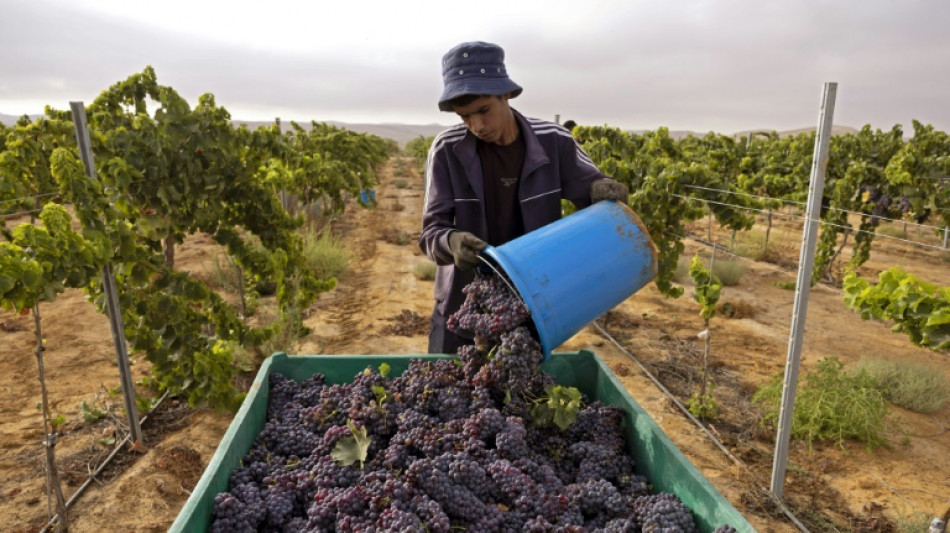Chile's President Gabriel Boric shook up his cabinet Tuesday in an effort to relaunch his government less than 48 hours after he was dealt a resounding blow when citizens overwhelmingly rejected a new progressive constitution he had championed.

Chile's Boric reshuffles cabinet after constitution loss© Luis Hidalgo, AP
Boric, 36, changed the leadership of five ministries in what marked the first cabinet shake-up since he became Chile’s youngest president in March and has since suffered a precipitous plunge in his approval ratings.
“I’m changing this cabinet, thinking about our country,” Boric said, qualifying the shake-up as “painful but necessary.”
“This is, maybe, I don’t think I have to hide it, one of the most politically difficult moments that I’ve had to face,” he aded.
The shake-up does not come as a surprise. Boric, who had been a big proponent of adopting the proposed constitution, had previewed there would be changes coming to his administration during a televised address Sunday night, shortly after results showed Chileans had voted overwhelmingly against the proposed constitution.
The opposition had also said they were expecting changes to Boric’s team with some conservative leaders refusing to meet with the president to begin talking about a new constitutional process until there was a change in his government.
While the press waited for Boric to unveil his new ministers, sirens could be heard and the smell of tear gas was evident from a nearby protest as hundreds of students marched through the streets of Chile’s capital of Santiago.
There were isolated clashes between demonstrators downtown with law enforcement that tried to disperse protesters in what marked the first important street demonstration since the constitution lost in Sunday’s plebiscite.
Izkia Siches, the former interior minister, was the biggest name to leave the cabinet but probably the most expected as her tenure had been marked by controversy. Carolina Tohá is taking her place.
Another strong Boric ally, Giorgio Jackson, was ousted from the post of secretary general of the presidency and will take on the role of social development minister. Ana Lya Uriarte is taking his place.
Boric also swore in new health, energy and science ministers.
Although polls had predicted Chileans would vote against the proposed constitution, the 24-point margin of victory for the rejection camp was a shocking repudiation of a document that was three years in the making and crafted by a constitutional convention that had been engulfed in controversy.
“We must listen to the voice of the people and walk alongside the people,” Boric said.
The process to write the constitution that Chileans rejected on Sunday began in 2019, when the country exploded in student-led street protests sparked by a hike in public transportation prices that quickly morphed into broader demands for greater equality and more social protections.
The following year, just under 80% of Chileans voted in favour of changing the constitution. Then in 2021, they elected delegates to a constitutional convention to write a new charter that would replace the one imposed by a military dictatorship led by Gen. Augusto Pinochet 41 years ago.
Boric had been a big proponent of the document that would have enshrined a string of new rights and at least some voters saw the plebiscite on the constitutional proposal as a referendum on his administration.
Despite the rejection, political leaders on all sides, as well as Chileans as a whole, largely agree that the constitution needs to change but it remains unclear how a new proposal will be written.
Whatever document the new convention comes up with is also likely to be far less ambitious than the 388-article proposed charter. The charter draft characterised Chile as a plurinational state, would have established autonomous Indigenous territories, prioritized the environment and gender parity and introduced rights to free education, health care and housing, among other issues.









